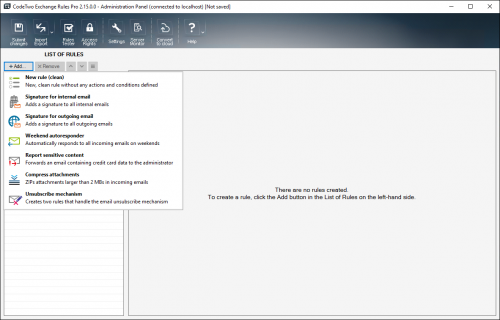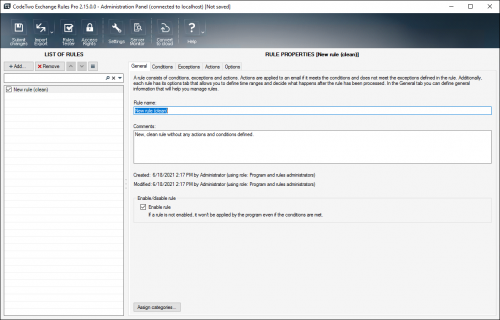This software has been discontinued. If you are looking for a way to manage email signatures and disclaimers in your Exchange Server organization and are using Exchange SE or Exchange 2019/2016 (until they’re supported by Microsoft), try out CodeTwo Email Signatures On-prem.
If you need to manage email signatures, disclaimers and marketing campaigns centrally in Microsoft 365 (Office 365), see our world-leading cloud solution: CodeTwo Email Signatures 365.
A quick guide to creating rules
This article shows how to prepare a basic email rule that adds signatures to emails. Use the links below for quick access.
- Add a new rule and define its conditions
- Compose your signature
- Configure additional options
- Save the rule and preview it
Add a new rule and define its conditions
To start creating a new email rule, click the + Add button on the LIST OF RULES pane and select New rule (clean) from the menu (Fig. 1.).
Tip
If you don't want to create a new rule from scratch, you can choose one of the predefined rules from the list (Fig. 1.). More sample rules can be imported via the Import/Export button on the toolbar. Learn more
An empty rule is created. On the General tab on the right side, you can type the name of the rule and add comments or description, if necessary (Fig. 2.).
Next, move to the Conditions tab (Fig. 3.) to define conditions that, if met, will trigger the rule (and cause your signature to be added to emails). Defining conditions is easy: first, choose the type of condition (Field), then define the Operator, and set the Value. You can add more conditions by clicking the + button. To group multiple conditions, select them and click the Group ( ) button. If necessary, go to the Exceptions tab to specify when the rule should not be applied. To learn more, see these articles: Conditions, Exceptions, How to group conditions.
) button. If necessary, go to the Exceptions tab to specify when the rule should not be applied. To learn more, see these articles: Conditions, Exceptions, How to group conditions.
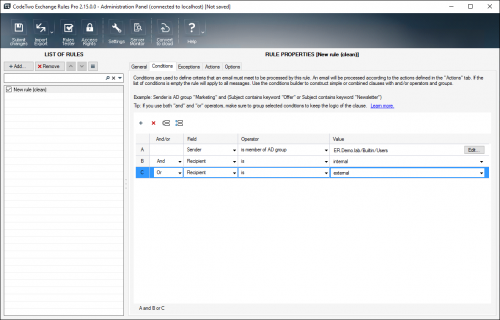
Fig. 3. Defining the conditions of an email rule.
In our example (Fig. 3.), the created signature will be added:
- if both the Sender belongs to the local Users group and the Recipient is an internal user
- or, independently, if the Recipient is an external user.
Compose your signature
Once the set of conditions is defined, go to the Actions tab to insert the signature adding action. Click Add > Insert signature (Fig. 4.).
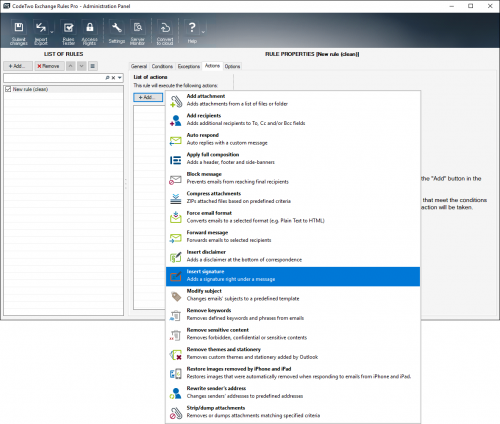
Fig. 4. Choosing the signature adding action.
An empty Insert signature action appears on the List of actions. To compose your email signature, click the Edit button (Fig. 5.).
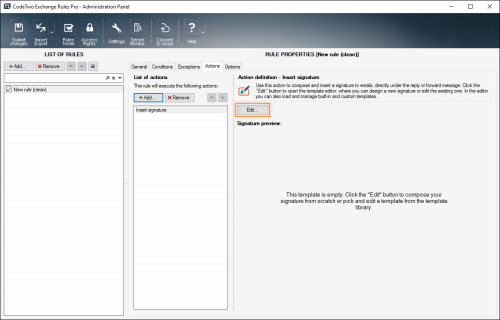
Fig. 5. Opening the template editor.
The template editor opens. The editor is a dedicated tool that allows you to design signatures (and also other email sections such as disclaimers, banners, and headers). To learn how to use it, see the editor's manual.
Tip
Instead of creating a signature/disclaimer template from scratch, you can use predefined templates. Learn more
In this case, we are going to create a simple HTML signature with a few basic placeholder fields that are filled with attributes pulled from Active Directory. These placeholders will be removed from the signature if the corresponding values are not available in AD. To add a placeholder, select a place inside your signature, click the Placeholder button, and choose an attribute from the context menu (Fig. 6.). Learn more about AD attribute placeholders
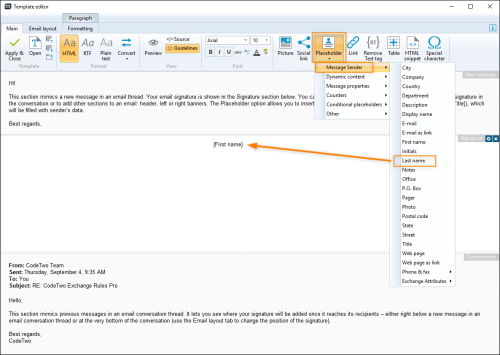
Fig. 6. Inserting an AD attribute placeholder.
After setting up the content of your signature, you can decide what to do if this signature is already found within a conversation (in the case of replies and forwards) and where (in a message body) it should be inserted. You can access these options by clicking the Settings ( ) button in the upper-right corner of your email section (Fig. 7.). In our case, the signature will be added right under the original reply message, and any previous occurrences of this signature will be removed if found in a conversation thread.
) button in the upper-right corner of your email section (Fig. 7.). In our case, the signature will be added right under the original reply message, and any previous occurrences of this signature will be removed if found in a conversation thread.
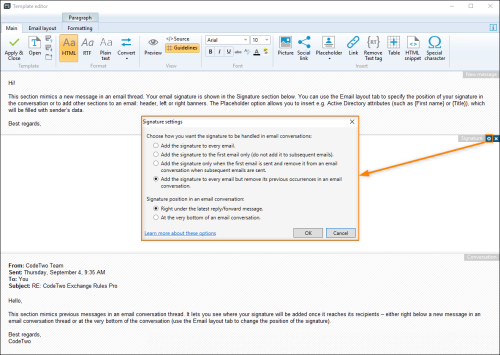
Fig. 7. Opening the signature settings window.
Once everything is set up, save your signature via the Apply & Close button and close the editor (Fig. 8.).
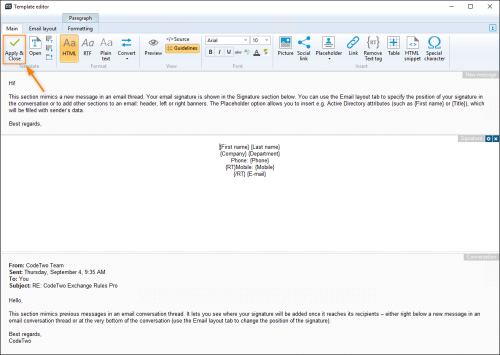
Fig. 8. Saving a new signature in the template editor.
Configure additional options
The Options tab (Fig. 9.) allows you to specify how to process next rules after the current rule is applied. Here, you can also schedule the time range when the rule is active. You can skip these settings if you only have one rule that needs to be active all the time.
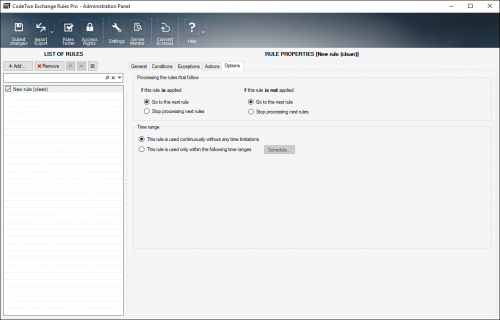
Fig. 9. Additional rule options.
Save the rule and preview it
To save your email rule, click the Submit changes button in the Administration Panel (Fig. 10.). The newly created signature is now added to emails that fulfill the rule's conditions.
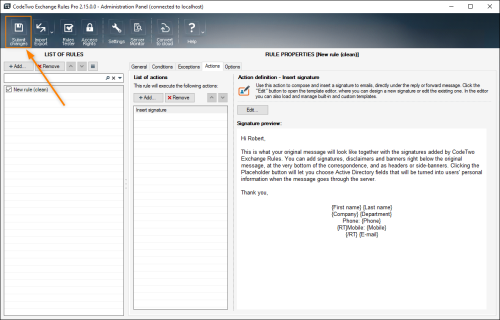
Fig. 10. Saving the created rule in the Administration Panel.
If you want to test the rule before you apply it in your environment, you can use a virtual environment called Rules Tester. You can access it from the toolbar (Fig. 11.). In the Rules Tester's window, choose New to write a new email. Define a sender and a recipient and click Send. You can use built-in mailboxes or add new mailboxes by typing a new email address in the From or To fields.
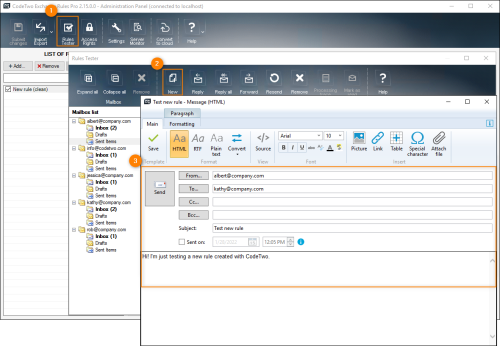
Fig. 11. Sending a test message in the Rules Tester.
The outcome is displayed in the previously defined sender's Sent Items folder as well as in the recipient's Inbox (Fig. 12.).
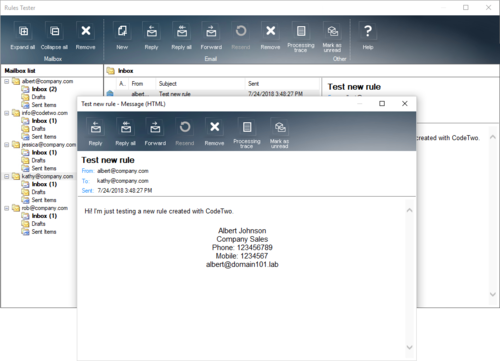
Fig. 12. A message with a signature previewed with the Rules Tester.
See next
Examples of use - this article describes some of the most common usage scenarios.
In this article
